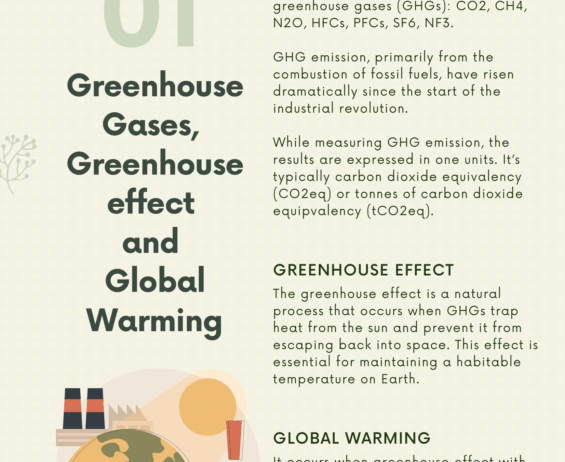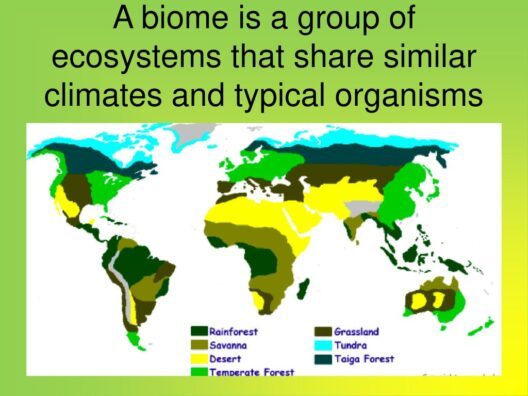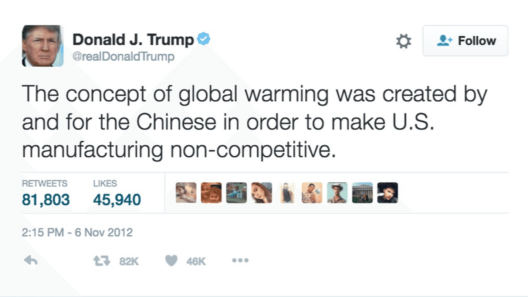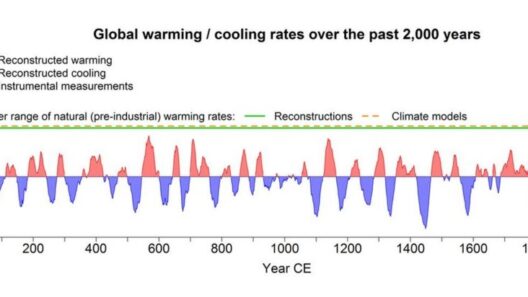Carbon footprints, an inescapable aspect of our modern existence, serve as an essential metric for assessing environmental impact. They encapsulate the total greenhouse gas emissions directly and indirectly associated with individual actions, products, or services throughout their entire life cycle. This concept is integral to understanding our collective contribution to global warming. By delving into the intricacies of carbon footprints, one can glean insight into how individual choices reverberate through the ecosystem.
The life cycle of a product, from its inception to disposal, offers a holistic view of its environmental footprints. This life-cycle perspective, often termed Life Cycle Assessment (LCA), involves evaluating the inputs and outputs across various stages: raw material extraction, manufacturing, distribution, usage, and end-of-life disposal. Each stage presents opportunities to mitigate emissions and enhance sustainability. An understanding of this process not only elevates awareness but encourages proactive measures to curtail one’s carbon footprint.
Consider the creation of a simple cotton T-shirt. It may appear innocuous, yet its journey is fraught with environmental repercussions. The cultivation of cotton requires significant water and pesticide inputs, contributing to soil degradation and water scarcity. Furthermore, the longevity and sustainability of the agricultural practices involved can vary dramatically. Farmers employing regenerative methods may cultivate cotton with minimal environmental impact, while those relying on monoculture can exacerbate ecological harm.
Manufacturing is another critical stage where carbon emissions proliferate. The energy required to transform raw cotton into a finished product often originates from fossil fuels. This stage encompasses not only the energy use but also the chemical processes involved in dyeing and finishing the fabric. Each operational choice within this manufacturing phase can toggle the scale from a moderate to an egregious carbon output, underscoring the importance of sustainable practices in textile production.
The distribution phase, too, bears significant implications for carbon emissions. Transportation of goods involves vehicular emissions, packaging waste, and associated logistics. Consider the T-shirt shipped from a factory to a retail outlet; the distance traveled and the mode of transport—be it air freight, trucking, or rail—greatly affect the carbon impact. As consumers increasingly gravitate towards fast fashion brands, the cumulative carbon footprint of these garments escalates, necessitating a critical examination of purchasing behaviors.
Utilization of products should not be overlooked. Each choice related to usage habits, such as washing frequency and drying methods, also contributes to the overall carbon footprint. Washing clothes consumes significant energy, particularly if hot water is used, thus amplifying greenhouse gas emissions corresponding to energy production. Simple alterations, such as washing with cold water and air-drying, can mitigate a user’s impact remarkably, yet many remain unaware of these strategies.
Finally, the disposal stage rounds out the life cycle picture. In western cultures, a majority of textile waste is discarded into landfills, where it decomposes anaerobically, generating methane—a potent greenhouse gas. Conversely, recycling or donating garments can significantly alleviate this issue, redirecting materials from landfills and reducing the need for new production. Emphasizing a circular economy where reusability and recycling are at the forefront captures the essence of sustainable consumption and production.
To shift perspectives on carbon footprints, one must recognize their implications not merely as individual metrics, but as components of larger systemic issues. It transcends the sum of personal actions, reflecting societal patterns in consumption and waste. The alarming reality of global warming beckons a comprehensive approach to understanding and mitigating carbon footprints at a macro level. Viewing carbon emissions as part of intricate networks fosters a greater sense of responsibility and collective action.
It’s crucial to acknowledge that individuals alone cannot shoulder the burden of change. Governments, corporations, and institutions also play pivotal roles in this paradigm shift. Policies supporting sustainable practices, regulations favoring renewable energy, and corporate accountability for emissions are necessary catalysts for meaningful change. For example, major companies are increasingly adopting green supply chain practices; they recognize that consumer choices have power and are striving to position themselves as environmentally conscious.
Embracing a low-carbon lifestyle begins with awareness and education. Engaging in carbon footprint calculators can reveal staggering insights into one’s individual impact, revealing how everyday activities coalesce into a broader environmental narrative. Such tools can serve as educational resources, making the invisible visible, and empowering consumers to take actionable steps toward reducing their footprints.
Moreover, fostering a culture of curiosity and inquiry surrounding carbon footprints can inspire systemic changes. Discussing and disseminating knowledge about sustainable practices within communities can reframe consumer expectations. This dialogue can kindle a momentum for change, as individuals become more mindful of the lifecycle impacts tied to their consumption patterns.
The impact of collective efforts can propagate far beyond individual actions. When communities unite to champion sustainability, the effects are magnified—the ripple effects can lead to substantial reductions in greenhouse gas emissions. Hence, it is imperative to not only curtail our carbon footprints individually but also to advocate for systemic change. Working together, we can engineer a sustainable future, where the impacts of human activity align harmoniously with the health of our planet.
Ultimately, understanding one’s carbon footprint presents an opportunity for introspection and action. Recognizing the interconnectedness of our choices, we can initiate conversations and foster a culture of environmental stewardship. In the face of climate change, the necessity for a paradigm shift has never been clearer. The time for action is here, beckoning us to reevaluate our roles and responsibilities within this global narrative.






